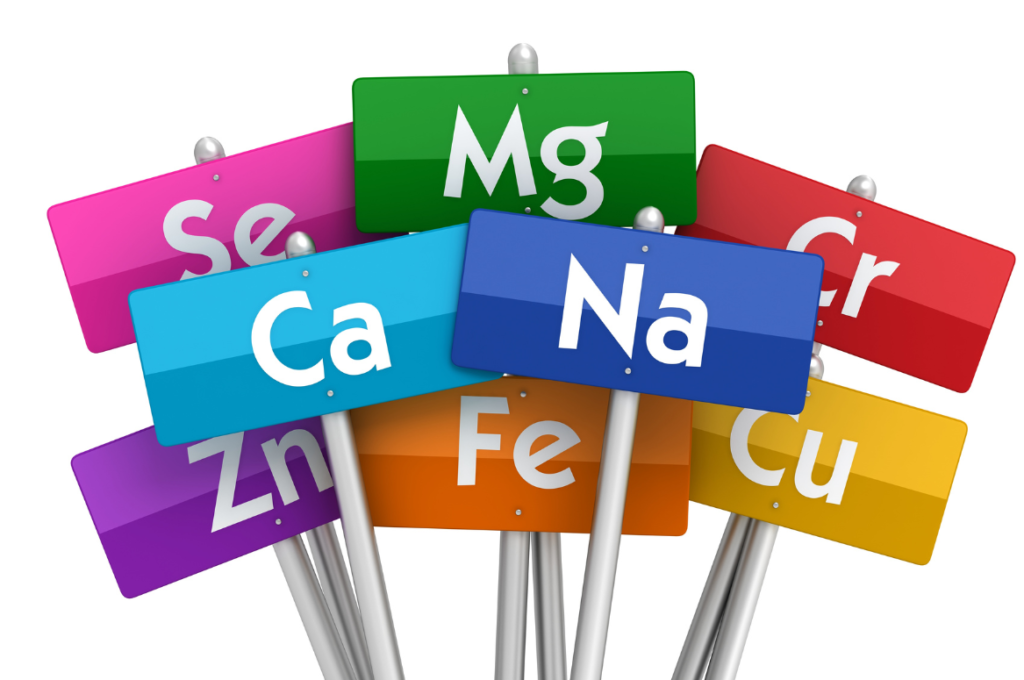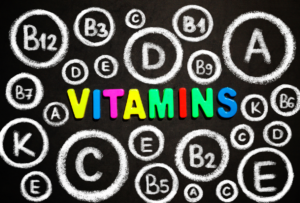By Penelope Reyes, BA, MS
As a performance physical therapy clinic, we understand the importance of nutrition in healing, fitness, and achieving new health goals. We know that nutrition can play a huge role in recovery from shoulder joint pain, knee inflammation, back problems, etc. So let’s break down different types of nutrients and what they do for our body.
The Importance of Nutrients:
When we eat, our body digests, absorbs and metabolizes the nutrients from the food. Through different processes like chewing, swallowing and digestion, our body takes up the nutrients it needs from food. Of course, not all foods are created equal and there are many types of nutrients. That is why several classifications have been created to be able to distinguish and categorize them. The main classification system is dividing them between Macronutrients and Micronutrients.

Macronutrients and Micronutrients: Differences
Macronutrients include: Carbohydrates, Proteins, and Fats. These are taken in higher quantities during the day and are measured in grams (TAŞĞIN, 2017). Micronutrients are found in vitamins and minerals and they are taken in smaller quantities during the day, measured in milligrams (TAŞĞIN, 2017). Another difference is the functions they fulfill in our body. Macronutrients supply most of the energy our body needs, while micronutrients are essential for our health but do not provide energy. Both of them are necessary for the health of our body and for our body to fulfill its basic functions.
Types of Macronutrients: Carbohydrates, Proteins, and Fats

Carbohydrates
They supply us with the energy that we use in our day to day activities and are also stored in muscles and liver to be used later.
Complex Carbohydrate Examples:
- Brown rice
- Whole wheat pasta
- Whole wheat bread
- Vegetables
- Oats
Simple Carbohydrate Examples:
- Refined cereals
- Fruit
- White bread
- White pasta
- White Rice
In general, it is better to eat more complex carbohydrates since they will release energy slowly over several hours and will make you feel full for longer. Simple carbohydrates can be a good option before exercise since they will provide energy faster.
Fiber
Fiber is also a carbohydrate, although this type cannot be digested by the body. Even though we cannot digest fiber, it has a very important role on our intestinal health. Fiber helps regulate intestinal movement, absorb micronutrients, improve microbiota and strengthen the immune system. There are 2 types of fiber.
Soluble Fiber: It acts like a gel to the digestive system causing it to empty more slowly and increase the feeling of being full. Examples: oats, peas, beans, apples, citrus fruits, carrots, etc
Insoluble Fiber: It has the ability to attract and retain water which makes feces softer and easier to expel. Examples: Whole-wheat flour, wheat bran, nuts, beans and vegetables, such as cauliflower, green beans, potatoes, etc
A healthy diet should include both types of fiber. However, if someone has gas problems or constipation, then more insoluble fibers are recommended.
Protein
Proteins are made up of amino acids. There are 20 different types of amino acids, they all combine differently and create a diversity of proteins. Proteins form an essential part in the structure of our muscles, tendons, and organs. Besides structural function, they are also responsible for transporting substances that are needed to form hormones, enzymes and neurotransmitters. Sometimes they can be used to provide energy when needed. There are 2 groups of amino acids. Essential amino acids which are only obtained through food. Non essential amino acids are those that our body can synthesize on its own.
Fats
Fats are formed by fatty acids. Most of the body’s fat is concentrated in adipose tissue. It mainly functions as an energy source. However, fats also protect organs, encompass cell membranes, absorb vitamins and synthesize hormones. Unsaturated fats (healthier fats) stay liquid chemically and are less likely to clog arteries. Saturated fats (unhealthier fats) stay solid and can cause fatty deposits in blood vessels.
Saturated Fat Examples:
- Butter
- Sausage
- Red Meat
Unsaturated Fat Examples:
- Avocado
- Olive Oil
- Seeds
- Nuts
Types of Micronutrients: Minerals and Vitamins
Unlike macronutrients, micronutrients do not provide energy. We can only obtain these through food or supplements.
Minerals
Minerals are part of our tissues (ie teeth and bones), but they also regulate body fluids and synthesize proteins.
Some Types of Minerals and Sources:
- IRON: Seafood, meat, eggs, legumes
- CALCIUM: Dairy, fish, legumes, leafy vegetables
- ZINC: Seafood, cheese, seeds, legumes
- POTASSIUM: Legumes, nuts, avocados, bananas
- PHOSPHORUS: Cheese, legumes, nuts, seeds, eggs, fish
- SODIUM: Salt, meats, fish
- MAGNESIUM: Seeds, nuts, legumes, whole grains, fruit
- IODINE: Salt, seafood, vegetables
- FLUORIDE: Dairy, eggs, seafood

Vitamins
Vitamins are in charge of physiological processes, metabolic reactions and proper growth/development. Each vitamin has a different role so if there is a deficit in one, the whole body can suffer.
Water Soluble Vitamins:
- Vitamin C
- B vitamins
Fat Soluble Vitamins:
- Vitamin A
- Vitamin D
- Vitamin E
- Vitamin K

Sometimes we can obtain vitamin D through the sun as well as some foods. Vitamin K and some B vitamins are produced by microbiota and the rest have to be ingested through diet.
Conclusion
Macronutrients and micronutrients are essential to maintain adequate nutrition and a healthy life. Consuming them in a balanced way can bring great benefits. It is important to look for foods that provide you with the necessary amounts for your body to function properly.
References:
TAŞĞIN, E. (2017). Macronutrients and micronutrients in nutrition. International Journal of Innovative Research and Reviews, 1(1), 10-15.




